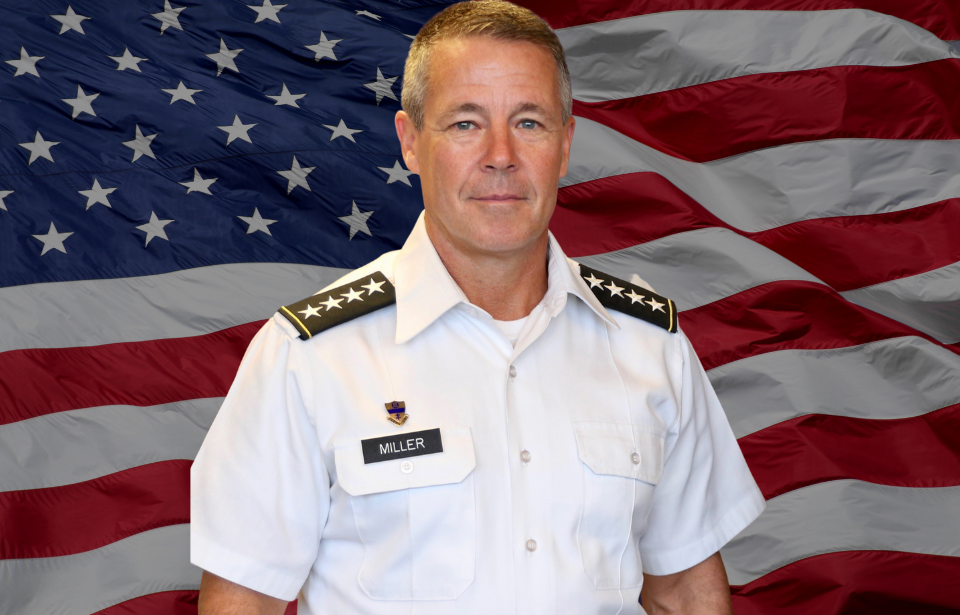General Austin Miller became the longest-serving commander of the War In Afghanistan – America’s longest war – in 2021, just months before his retirement from the US Army. Serving for 915 days, the four-star general played an integral part in the conflict as the last commander in charge of the American withdrawal.
General Austin Miller was born to lead
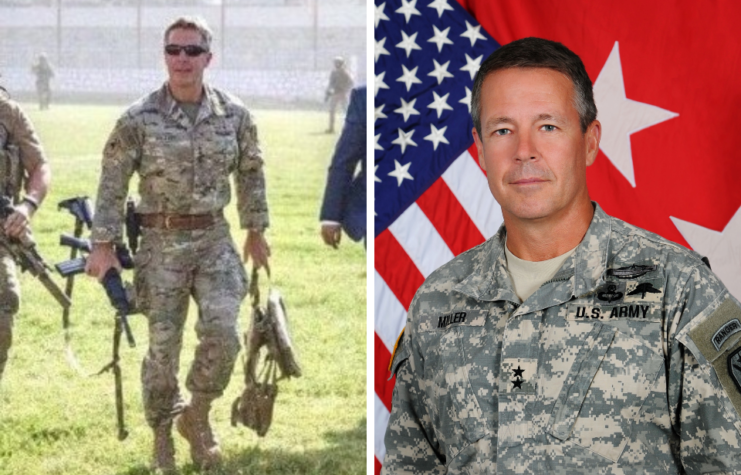
General Austin Miller was born in Honolulu, Hawaii on May 15, 1961. After graduating from the US Military Academy West Point in 1983, he was commissioned as a second lieutenant. Following his completion of the US Army Ranger School, he was assigned to the 3rd Battalion, 325th Infantry (Airborne), 82nd Airborne Division.
Miller later became a platoon leader with A Company, 2nd Ranger Battalion, 75th Ranger Regiment in 1986. After completing the Infantry Officer Advanced Course in 1989, he was deployed to South Korea as a company commander with the 5th Battalion, 20th Infantry (Mechanized), 2nd Infantry Division, Eighth Army.
In 1992, Miller was selected to join the 1st Special Forces Operational Detachment Delta – otherwise known as Delta Force. His superiors saw his strong leadership skills, which allowed him to advance from squadron operations officer all the way to unit commanding officer. During this time, he also served in numerous conflicts, including operations in Somalia, Bosnia, Afghanistan and Iraq.
By 2007, Miller was promoted to colonel and assigned to several prestigious positions, including director of the Interagency Task Force, US Special Operations Command at MacDill Air Force Base, Florida. From 2013-14, he served as the commanding general of the Combined Forces Special Operations Component Command in Afghanistan, helping coordinate special operations forces. From 2016-18, he served as the commanding general of the Joint Special Operations Command.
Becoming US and NATO commander
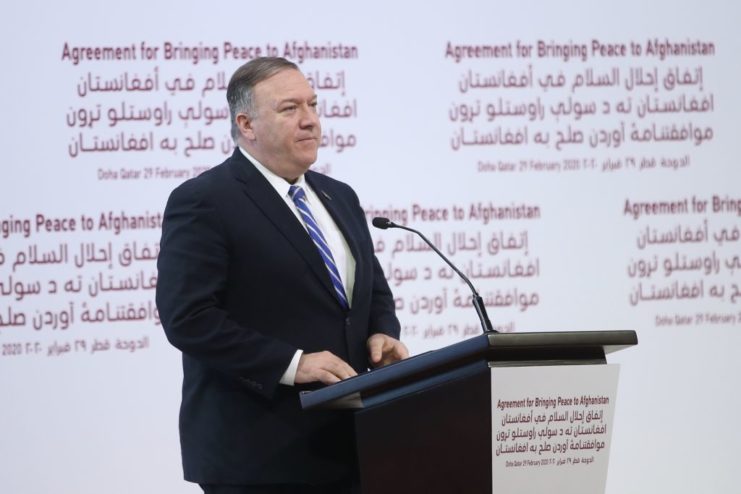
In February 2020, the US and Taliban signed an agreement for the withdrawal of 13,000 American troops from Afghanistan by May 1, 2021, contingent on the Taliban’s promise to work toward suppressing Al-Qaeda and other terrorist groups. In exchange for their compliance, the US freed 5,000 imprisoned Taliban soldiers.
The withdrawal went ahead, even though the Taliban continued to attack Afghani government forces and welcomed Al-Qaeda terrorists into their group.
General Austin Miller was given command of the US Forces – Afghanistan and NATO‘s Resolute Support Mission in 2018, replacing former commander General John W. Nicholson Jr. “The world recognizes we cannot fail,” Miller said when he was sworn into the prestigious role.
Within weeks of becoming commander, Miller was in a room at the governor’s southern Kandahar compound when a Taliban gunman shot Abdul Raziq, the provincial police chief. Brigadier General Jeffrey Smiley was also wounded in the attack. Miller drew his sidearm and made sure the wounded were attended to, and even flew out with the casualties after the ordeal.
History of America’s longest war
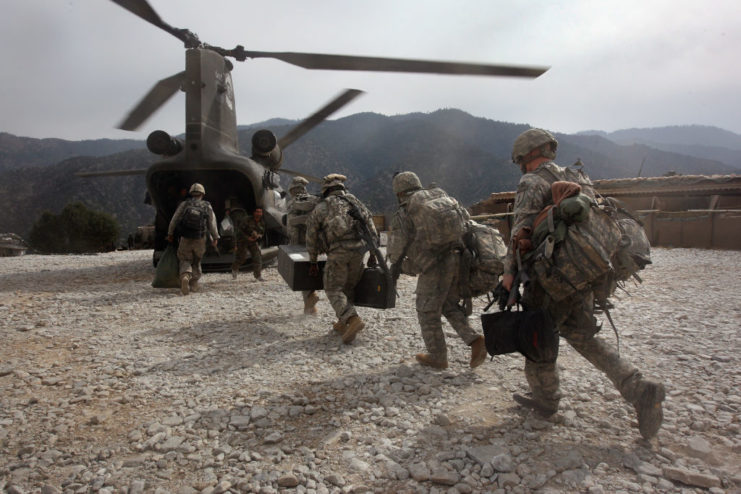
The US military’s role in Afghanistan has changed drastically since the war began in 2001. On September 18, 2001 – one week after the 9/11 attacks – President George W. Bush signed a joint resolution into law, allowing for the use of force against those responsible. On October 7, 2001, the War In Afghanistan officially began. On this day, the US military began bombing Taliban forces, kicking off Operation Enduring Freedom.
As the war progressed, the Taliban retreated and seemingly collapsed altogether, while Osama bin Laden lived in hiding. By 2003, the majority of the fighting had ceased, and American officials began working with a new Afghani government to rebuild the country.
For several years, relations between US soldiers and the people of Afghanistan were relatively peaceful. However, Taliban attacks restated in 2006 with a number of bombings. Three years later, under the administration of President Barack Obama, the US recommitted itself to controling the Taliban’s influence in Afghanistan as senseless killings continued, often with civilians caught in the crossfire.
Huge progress was made when Osama bin Laden was killed by US Special Forces in 2011, and as the 10-year anniversary of the war approached, Obama pledged to withdraw all troops by 2014.
General Austin Miller held the line
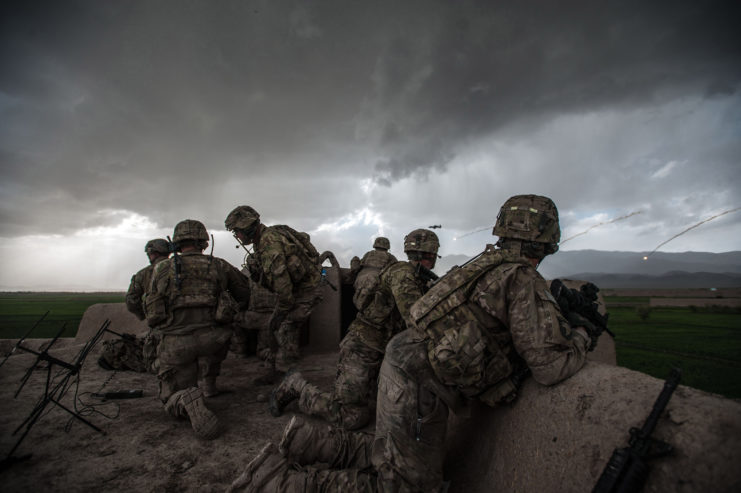
The first decade of the war was incredibly costly. Some 1,800 US troops died and $444 billion was spent on the war effort. By 2018, President Donald Trump outlined a new policy that would ultimately lead to an escalation between Taliban and American forces.
When the Trump Administration excluded Kabul from peace talks with the Taliban in late 2018, General Austin Miller was put in a difficult position, which Jason Campbell, a policy researcher at Rand Corporation, said put the commander “in react mode very early on in his time in command.” He added, “Everyone was operating under some level of uncertainty as to what the White House was going to decide or state publicly next.”
After on-and-off peace talks between the US and Taliban, Trump announced the withdrawal of American troops from Afghanistan in 2020. Behind the scenes, Miller was working to convince the president not to pull out all troops, urging him to be “more patient and careful.” Miller was known for being an expert negotiator, bringing a “calm diplomatic demeanor” to the table while still remaining a strong presence in front of Taliban officials.
“He consistently pressed the Taliban to reduce violence and made clear to them that the US would continue to defend Afghan security forces if necessary,” an unnamed US official said. The official added that Miller “called it like it was when it came to levels of violence, going toe-to-toe with the Taliban in a way that we weren’t seeing from other US diplomatic officials.”
Under Miller’s command, the goings on behind US military doors became increasingly harder to discern. Journalists had more restricted access to NATO troops, officers and locations due to Miller’s heavy restrictions. Unlike his predecessor, he didn’t use the official NATO commander Twitter account, and also stopped publishing monthly statistics on airstrikes in Afghanistan.
General Austin Miller oversaw the complicated withdrawal
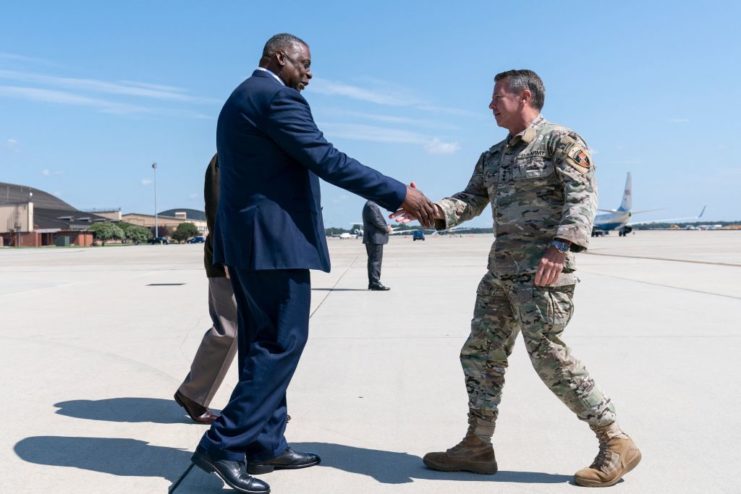
The withdrawal was far from easy. Rather quickly, Taliban seized control of Kabul, overturning the Afghan government. During the withdrawal, 13 Marines were killed in an attack at a checkpoint outside of Kabul International Airport, where thousands of people were being evacuated. One-hundred and seventy Afghans were also killed in the attack, which was carried out by the Islamic State – Khorasan Province.
Many Afghan citizens, fearing what life would be like under Taliban rule, tried to escape the country on the same aircraft carrying personnel home as part of the withdrawal.
More from us: Downing of Extortion 17: The Single Deadliest Incident of the US War in Afghanistan
On July 12, 2021, General Austin Miller officially folded the Operation Resolute Support Mission flag, bringing a symbolic end to his two-and-a-half years as commander. Just over a month later, the 20-year War In Afghanistan came to an end with the final withdrawal of American personnel. In a short farewell ceremony, Miller promised, “The people of Afghanistan will be in my heart, and on my mind, for the rest of my life.”
